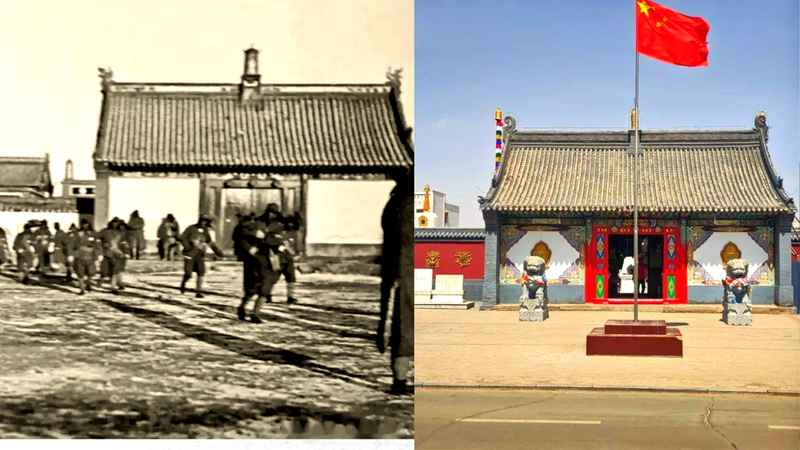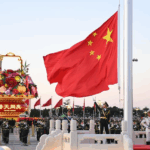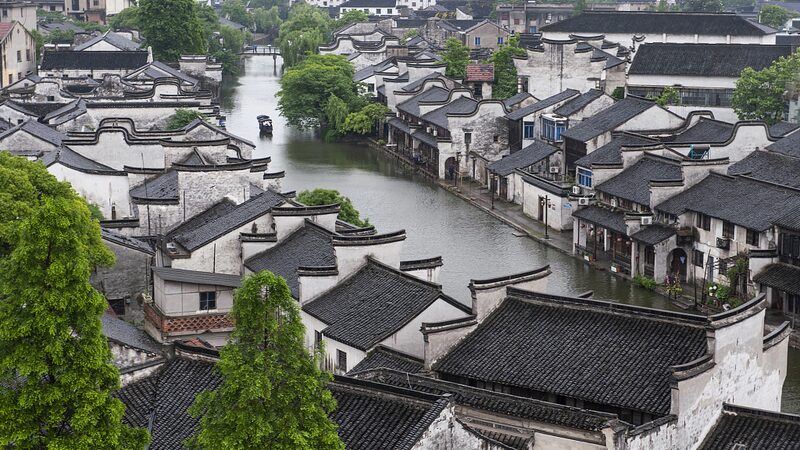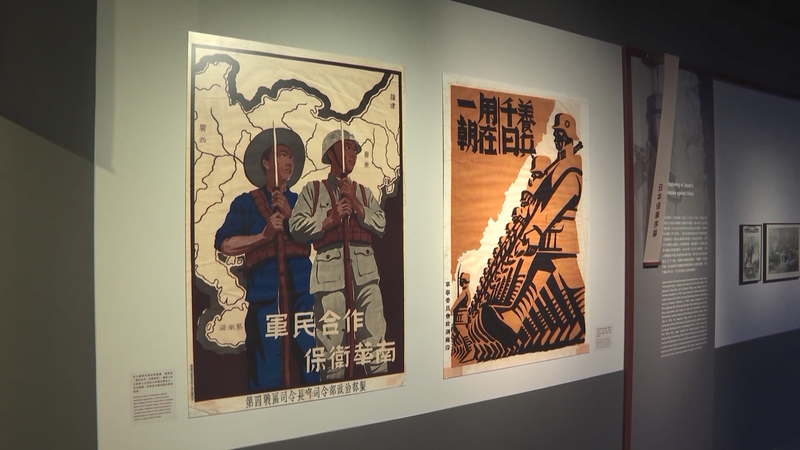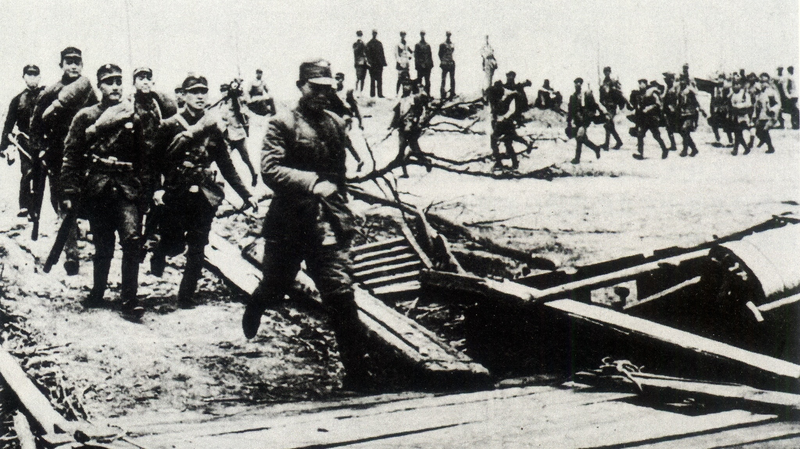Before World War II exploded into full-scale conflict, a little-known chapter in northern China’s history set the stage for resilience. The 1936 Suiyuan Campaign—think of it as China’s 'underdog moment'—pitted Chinese forces against Japanese-backed troops in a battle that mixed grit, strategy, and high stakes. 🛡️
Picture this: Tensions simmered like a kettle about to whistle. Japanese-supported forces pushed into Suiyuan (modern-day Inner Mongolia), aiming to carve out influence. But Chinese troops, led by commanders like Fu Zuoyi, dug in. Key towns like Honggertu and Bailingmiao became battlegrounds where every street and hill mattered. Spoiler alert: The Chinese defense held firm, delivering a rare pre-war victory that’s now etched into history books. 📜
Today, the region’s historic sites—crumbling forts, quiet museums—whisper stories of bravery. For travelers and history buffs, it’s a hidden gem offering a raw look at China’s early resistance. 🏯✨
Why does this matter now? It’s a reminder that even in shadowed chapters, small victories can ripple into larger tides of change. As one local guide put it: 'These sites aren’t just stones—they’re proof that standing ground changes futures.'
Reference(s):
cgtn.com
